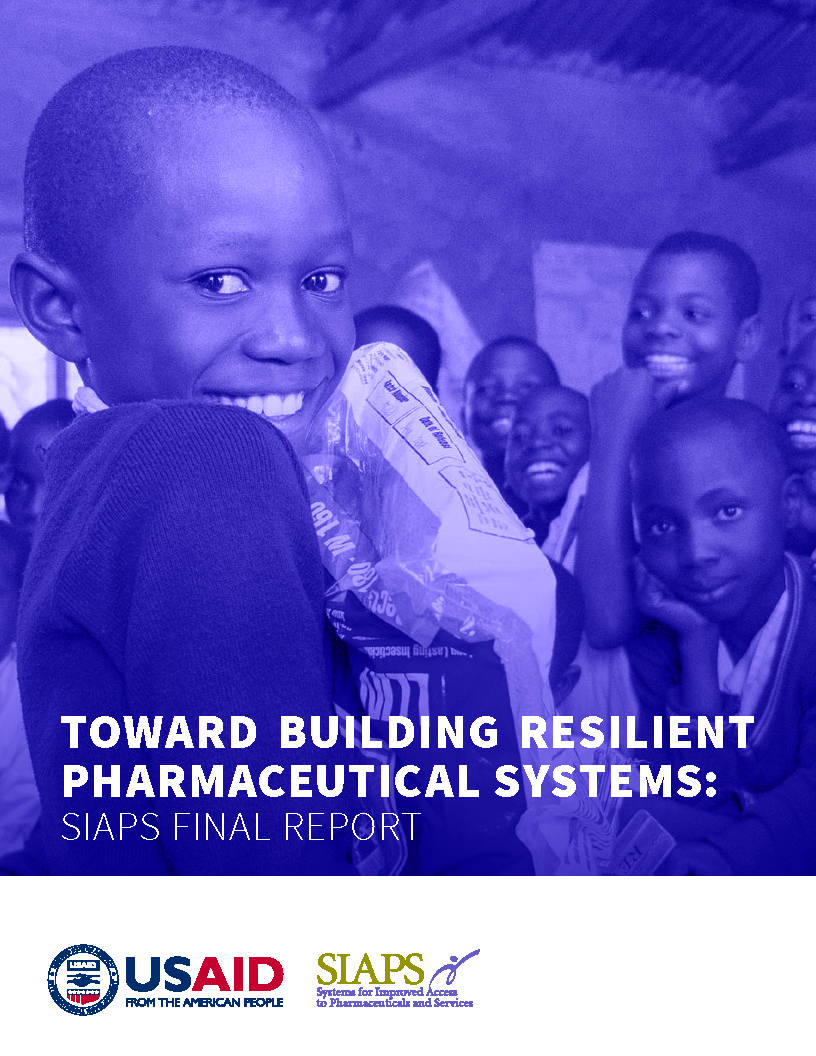
Medicine prices are a contentious issue, with many products arguably unaffordable, even in developed countries, where, on average, approximately 10% of the health budget is spent on medicines. But in low- and middle-income countries, that figure is usually substantially higher, reflecting both limited resources and generally inefficient public health systems. Given that a sizable proportion of the population usually pays for medicines out of pocket, high medicine costs disproportionally affect the economically disadvantaged and are more likely to impair patient access to effective treatments in poorer communities.
The final price for the paying customer—whether the patient, the public health service, or an insurance company— is compounded by all activities involved in the development, production, procurement, and distribution of the medicine. This report will focus on only those activities that are under the control of the Government of Ukraine, that is, procurement and distribution. However, it is worth mentioning that development and production costs—activities that are undertaken by private companies and that are often used to justify high prices—are currently under international scrutiny, with recent studies showing that pharmaceutical companies spend more on marketing than on research and development.


